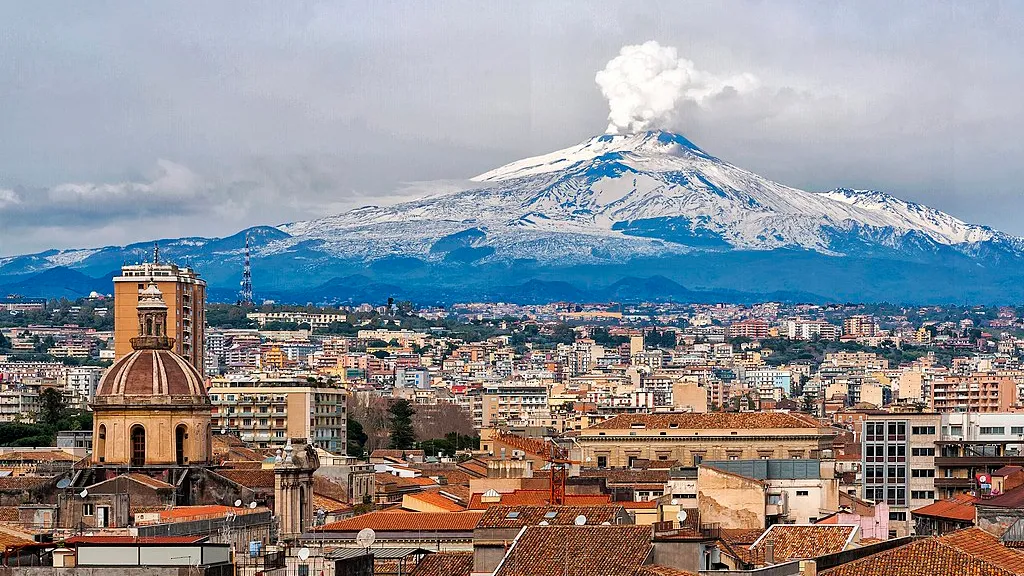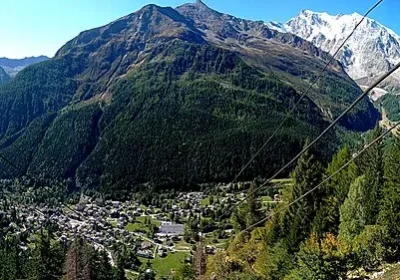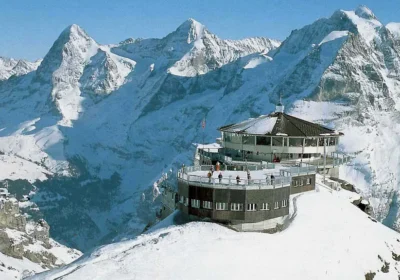Catania city tour and Cyclops Riviera.
Catania, the second largest city on the island of Sicily lies right at the foot of Etna. It is a city built by the volcano, from the volcano and overlooking the volcano. Much of Catania was rebuilt from the lava that erupted from Etna and engulfed the city in 1669, killing nearly 12,000 people in the process. Since then, this black lava has covered the elegant Baroque buildings like soot, most of which are the work of the quirky but undoubtedly brilliant maestro Giovanni Vaccarini. He almost single-handedly restored the administrative centre, transforming it into a sleek, modern city of spacious boulevards and market squares.
The number of its historical monuments is enormous, but for some reason the Fountain del Elefante is considered the city’s symbol.
Catania has many monuments from the Roman period, including a theatre and amphitheatre, an odeon, a Greek acropolis, the ruins of an aqueduct and a forum, nine thermae of different ages, and several early Christian basilicas, necropolises and catacombs.
Achi Trezza – located about 10 kilometres north of Catania, the village has a long history of maritime activity.
Achi Castello is a town located 9 kilometres north of Catania. The main sectors of the economy are agriculture and industry, and there is also a castle built by the Normans in 1076.
Cathedral – the first cathedral on this site appeared in 1078-1093 on the ruins of Roman thermae.
The Swabian Castle of Ursino with the city museum is a medieval fortress built by the Sicilian king Frederick Staufen in 1239-1250.
Greek Theatre – Catania residents are used to calling the theatre the Greek Theatre, but it was actually built by the Romans in the 1st and 2nd centuries.
Roman Amphitheatre – Catania’s Roman amphitheatre was built in the 2nd century on the northern edge of the ancient city.
Piazza San Francesco – a very beautiful church. Its majestic and memorable appearance is given by the ancient columns, sculptures in front of the facade and two bell towers.
The Grand Teatro Bellini is an opera house. It was named after the composer Vincenzo Bellini.
The Sicilian Cyclops Coast is the coast of the Ionian Sea, specifically one of the beaches of the city of Catania. This is where the ancient Greeks first landed long ago. According to the legend of Odysseus, the cyclops Polyphemus, son of Poseidon, lived here. He wanted to eat Odysseus’ crew, but having failed, the enraged giant started throwing pieces of rock at the sailing ships. So now the waters of the coast are all filled with large rocks. It has now been proven that these rocks are the result of the Etna volcano. Thanks to the beautiful views and clear water, this place attracts tourists and residents of Sicily who want to relax. On one of the black rocks you can see the ruins of a castle built in the XI century. The tower of this fortress has been preserved and can be climbed to admire the beautiful views.

















